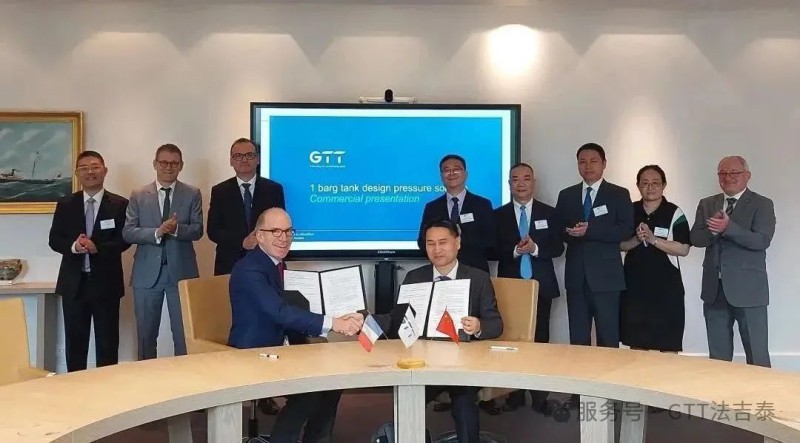The collaboration targets reduced operating costs and greater operational flexibility through improved tank technology.

At the core is an upgrade to GTT's Mark III Flex membrane containment system, increasing the LNG tank design pressure from 0.7 barg to 1 barg.
This higher pressure, already approved by classification societies, allows LNG to be loaded at higher temperatures, reducing the need for deep subcooling and simplifying terminal operations.
The benefits include faster LNG transfer, lower electrical consumption during standby periods due to reduced reliance on the subcooler and longer holding times that help meet evolving environmental regulations, such as cold-ironing recommendations under the Alternative Fuels Infrastructure Regulations (AFNIR).
The project will also study the technical feasibility of pushing the design pressure up to 2 barg in future vessels.
As more LNG-fuelled ships join the global fleet, demand for LNG bunkers and bunkering vessels is expected to grow. Currently, 62 LNG bunkering vessels are operational, with another 30 expected to join the fleet by 2028, according to data from classification society DNV.





 Lu public network security: 37140202000173
Lu public network security: 37140202000173



